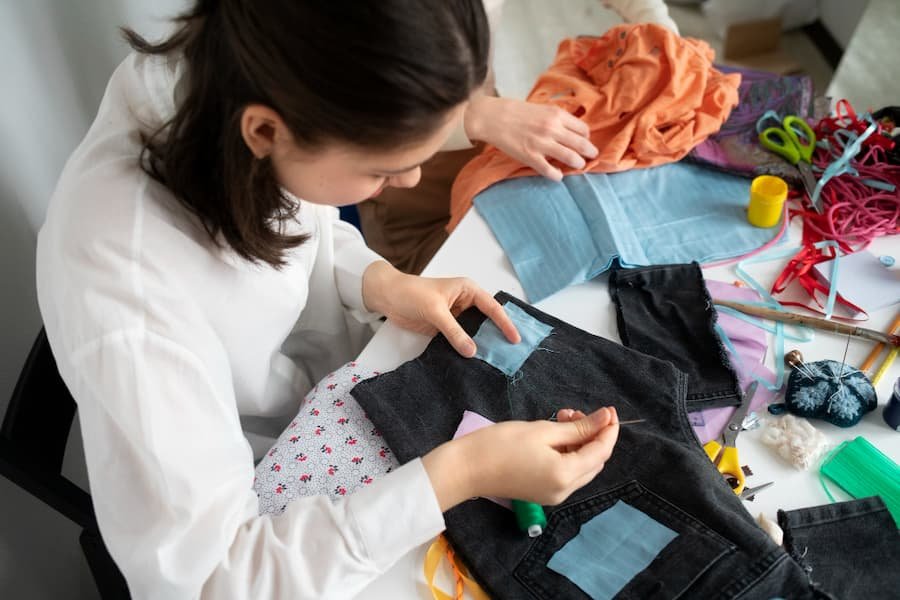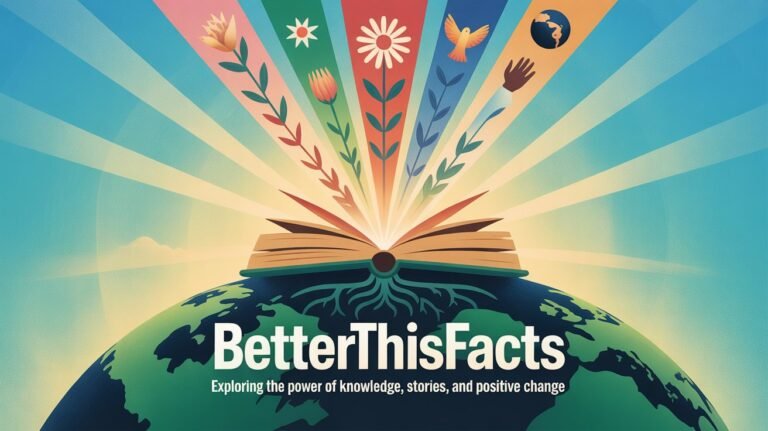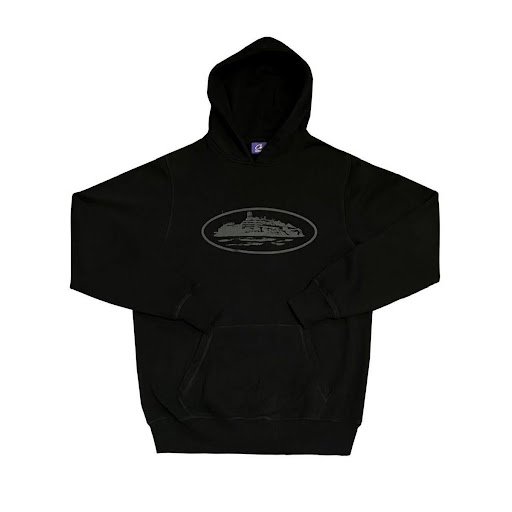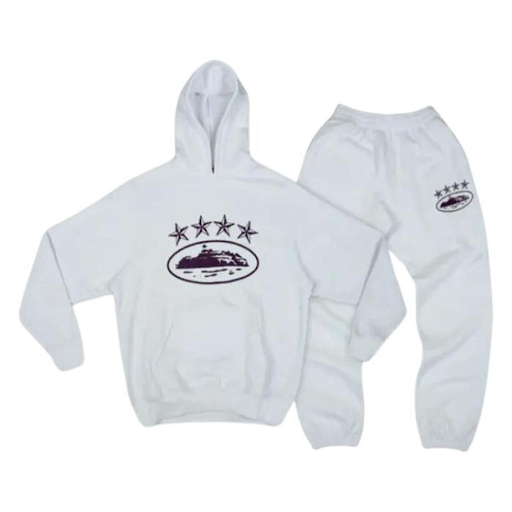
Textile manufacturing is a multidisciplinary and dynamic business that involves numerous processes to convert raw materials into local linens and domestic textiles. From fibre buying to weaving, dyeing, and finishing, every process has the onus of strengthening and quality of the final output. The textile manufacturing industry provides various markets with house decoration, fashion, and industrial applications. Amongst the players of business, T & A Textiles Wholesale Household Linen is one of the trustworthy sources of quality household textiles. Awareness of the basics of the manufacturing of textiles makes an input to the art and science knowledge of the manufacturing of each fabric that we use in our lives.
Fibre Sourcing and Selection
The beginning of fabric manufacture is choosing the right fibres, natural, synthetic, or blended. Cotton, wool, silk, and linen are some natural fibres, which are found on plants and animals, and provide comfort and breathability. Polyester, nylon, and acrylic are some synthetic fibres which are manufactured and provide wrinkle resistance and wearability. Blended fibres use the best of both worlds and improve price and performance. The nature of the fibre largely dictates the texture, hardness, and final use of the cloth, and as such, this process is the hub of cloth-making. Good suppliers ensure that only good material is utilised, which ensures smoothness and hardness in home linens.
Spinning of Yarn
After one has acquired fibres, they are spun to turn them into yarn. It is a carding, cleaning, and stretching of the fibres to obtain them aligned before twisting together into continuous yarns. Ring spinning, open-end spinning, and air-jet spinning are some of the traditional methods, each giving different yarns with varying properties. Fabric weight and strength are determined by twist and thickness in the yarn. Well, spinning allows smooth, even yarns to be produced, and these are so crucial to weaving or knitting. Accuracy at this stage is necessary to create fabrics that not only look good but are also long-lasting, perfect for families today.
Dyeing and Printing
Colouring is a significant process in textile manufacturing, undertaken by dyeing or printing. Dyeing is done by immersing material in colour solutions, whereas printing is done where designs are printed using screens or computerised techniques. Eco-friendly dyes and green processes are gaining prominence to soften the nature impacts. Bright and wash-fast colours are required in linens for household use, such that even during washing, they do not lose their colour. Accuracy is required for printing and dyeing in order to attain consistency and quality across large quantities of textiles.
Finishing Processes
Finishing enhances the quality of fabrics by softening them, making them water-resistant, or crinkle-free. Mechanical finishing is obtained by brushing and calendaring, and chemical finishing by treatments such as stain repellency. These treatments enhance performance and aesthetics, hardening the textiles and making them easier to handle. Anti-pilling and antimicrobial finishes are added values in home furnishings linens to dress products up to consumer grades for comfort and hygiene.
Quality Control and Testing
Clothes are inspected and tested extensively before they hit the stores. Strength tests, colourfastness tests, shrinkage tests, and pilling resistance tests ensure that clothes adhere to industry norms. Sophisticated testing equipment, along with skilled inspectors, is responsible for assisting in ensuring consistency. Top-quality home linens are put through tests to ensure they stay durable enough to satisfy consumers.
Cutting and Stitching
Ready materials are cut and stitched into finished goods like bedsheets, pillowcases, and towels. Proper cutting prevents wastage, and professional stitching provides them with greater endurance. Computerised sewing machines and professional manpower enable production to be faster with each subsequent pattern.
Packaging and Distribution
The final step is the packaging and transport of ready-to-use fabrics. Proper packaging avoids damage to products while in transit and attracts customers. Efficient logistics provide reliable delivery to customers and retailers, which concludes the fabric-making manufacturing process.
Conclusion
Clothing production is a work-intensive operation composed of various procedures, from the choice of the fibres to the final distribution phase. Every step weaves the quality and functionality of the finished product into it. People can appreciate the work that goes into each piece of clothing that they put on or for their residences, whether for clothes or for furniture. Quality clothing is based on detailed workmanship and new technology to meet today’s requirements.
Visit Blogs Buz for more informative blogs.


